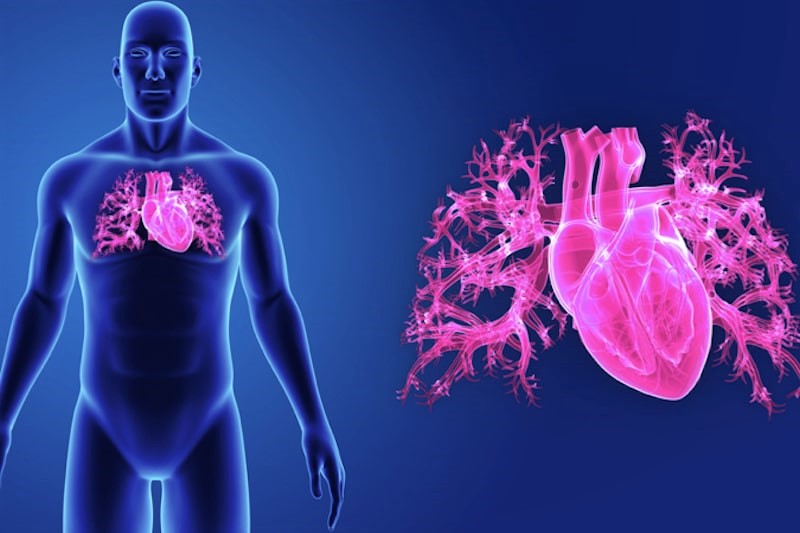
Transcatheter ablation: what it is and when to use it
Transcatheter ablation is a therapeutic procedure designed to treat and eliminate various cardiac arrhythmias by burning, following the delivery of radiofrequency, the abnormal site or pathway causing the arrhythmia
What is transcatheter ablation?
Trans-catheter ablation is a therapeutic procedure that can treat and eliminate many cardiac arrhythmias by burning the abnormal site or pathway involved in the genesis of the arrhythmia itself using radiofrequency.
This procedure is performed after another examination, the electrophysiological study, which consists of evaluating the heart’s electrical system and is the basis for subsequent characterisation and elimination of any arrhythmia present.
How does transcatheter ablation work?
Trans-catheter ablation is performed through the delivery of electrical energy (radiofrequency) from the metal tip of a special lead, made of plastic material, which is introduced through the vein (usually femoral) and brought, under fluoroscopic guidance (X-rays) inside the heart; the delivery of electrical energy leads to a heating of the metal tip, and this heating causes very small burns.
The catheter is positioned at the point where, based on the reading of the reported electrical signals, it appears easiest to obtain the interruption of the arrhythmia; with this method, radiofrequency is applied only at the points involved in the genesis of the arrhythmia and no damage is done to normal myocardial tissue.
ECG EQUIPMENT? VISIT THE ZOLL BOOTH AT EMERGENCY EXPO
How is the transcatheter ablation procedure performed?
Most transcatheter ablations are performed with the patient conscious (except for atrial fibrillation ablation) and therefore the patient can at any time communicate with the operating physician, reporting any possible disturbance.
In most cases, however, the procedure does not cause any particular symptoms other than a slight burning sensation during radiofrequency delivery.
For the success of the procedure it is essential that the patient cooperates, moving as little as possible (especially during radiofrequency delivery) to avoid displacement of the ablator catheter, which could affect the success of the procedure.
Read Also:
Emergency Live Even More…Live: Download The New Free App Of Your Newspaper For IOS And Android
Paediatrics, New Ablation Technique For Tachycardia At The Bambino Gesù In Rome
Tachycardia: Important Things To Keep In Mind For Treatment
What Is Ablation Of Re-Entry Tachycardias?
Atrial Fibrillation Ablation: What It Is And How To Treat It



